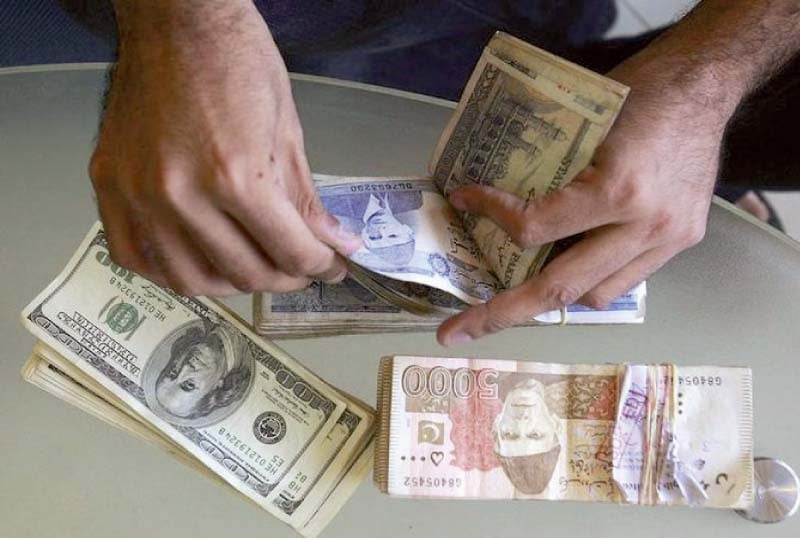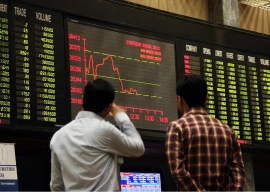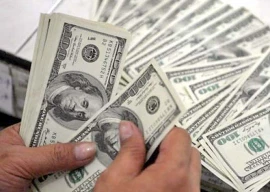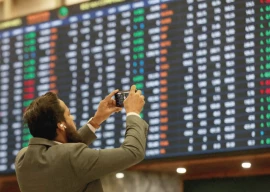
Pakistani banks' lending to the private sector, measured by the advance-to-deposit ratio (ADR), dropped nearly six percentage points to 39.3% in September, far below the mandatory level of 50%. This suggests banks operating in the country may end the 2024 calendar year facing additional taxes of up to 15% for likely missing the mandatory ADR target by December 31, 2024.
However, Saad Hanif, Head of Research at Ismail Iqbal Securities, projected that most banks would meet the compulsory ADR requirement by lending the required amounts to trusted clients for just a couple of days, returning the funds on January 1 or 2, 2025. He explained that banks only need to meet the ADR condition for one dayDecember 31, 2024rather than maintaining it throughout the year or averaging the ADR rate.
This one-day lending tactic could save most banks from paying additional taxes, although a few may still be liable. Market speculation suggests that banks may offer large loans to corporates with verbal instructions to reinvest the funds into their sister companies, like asset management firms, or directly lend to these subsidiaries for a brief period to meet the ADR condition for a day.
Hanif noted that banks had recently aggressively lent to the private sector, offering loans to corporates at Karachi Inter Bank Offered Rate (KIBOR) minus 10% to meet the ADR level. However, the economic slowdown, especially in the industrial sector, diminished these efforts.
Banks are unable to aggressively lend to struggling sectors like construction (steel and cement) and textiles, which have been crippled by high inflation and interest rates. These sectors cannot afford to expand or even operate with bank financing when aggregate demand has collapsed.
"Banks are in a tough position, caught between a rock and a hard place," Hanif said. "They face additional taxes if they miss the ADR target, but they also risk non-performing loans (NPLs) if they lend to underperforming firms."
He added that a couple of banks have already booked NPLs from such poorly performing sectors. Additionally, the government's decision to place textiles under the normal tax regime, shifting from the zero-rate tax regime, has begun to severely impact the sector's earnings.
However, Hanif expressed hope that the struggling sectors may improve in the fourth quarter of the current fiscal year (April-June 2025), as inflation and interest rates are expected to bottom out around March 2025.
The Express Tribune previously reported that the Federal Board of Revenue (FBR) will begin calculating ADR on a yearly average basis, rather than just for one day on December 31, starting next fiscal year. This change should encourage banks to lend more to the private sector, supporting business and economic activity in the country.
At present, banks are lending nearly all of their deposits to the government, making easy, safe, and substantial earnings, rather than risking loans to the private sector. Hanif noted that banks are currently refusing large deposits, as growth in deposits would further reduce the ADR in the absence of strong private sector borrowers.
In absolute terms, however, banks' lending to the private sector increased by 3.8% to Rs12.30 trillion in September, compared to Rs11.86 trillion in the same month last year. However, the significant growth of 19.1% in deposits to Rs31.34 trillion in September, compared to Rs26.32 trillion a year earlier, caused the ADR to fall to its current 39.3%, down from 45.1% last year.
Banks' financing to the government surged by 35.7%, reaching Rs30.69 trillion in September, compared to Rs22.62 trillion last year, indicating that nearly all of the banks' deposits have been used to fund the government's budget deficit. This has pushed the investment-to-deposit ratio (IDR) up by almost 12 percentage points, reaching 97.9% in September, compared to 86% in the same month last year.

1730103370-0/Tony-Hinchcliffe,-JlLo-and-Bad-Bunny-(1)1730103370-0-405x300.webp)
















COMMENTS
Comments are moderated and generally will be posted if they are on-topic and not abusive.
For more information, please see our Comments FAQ